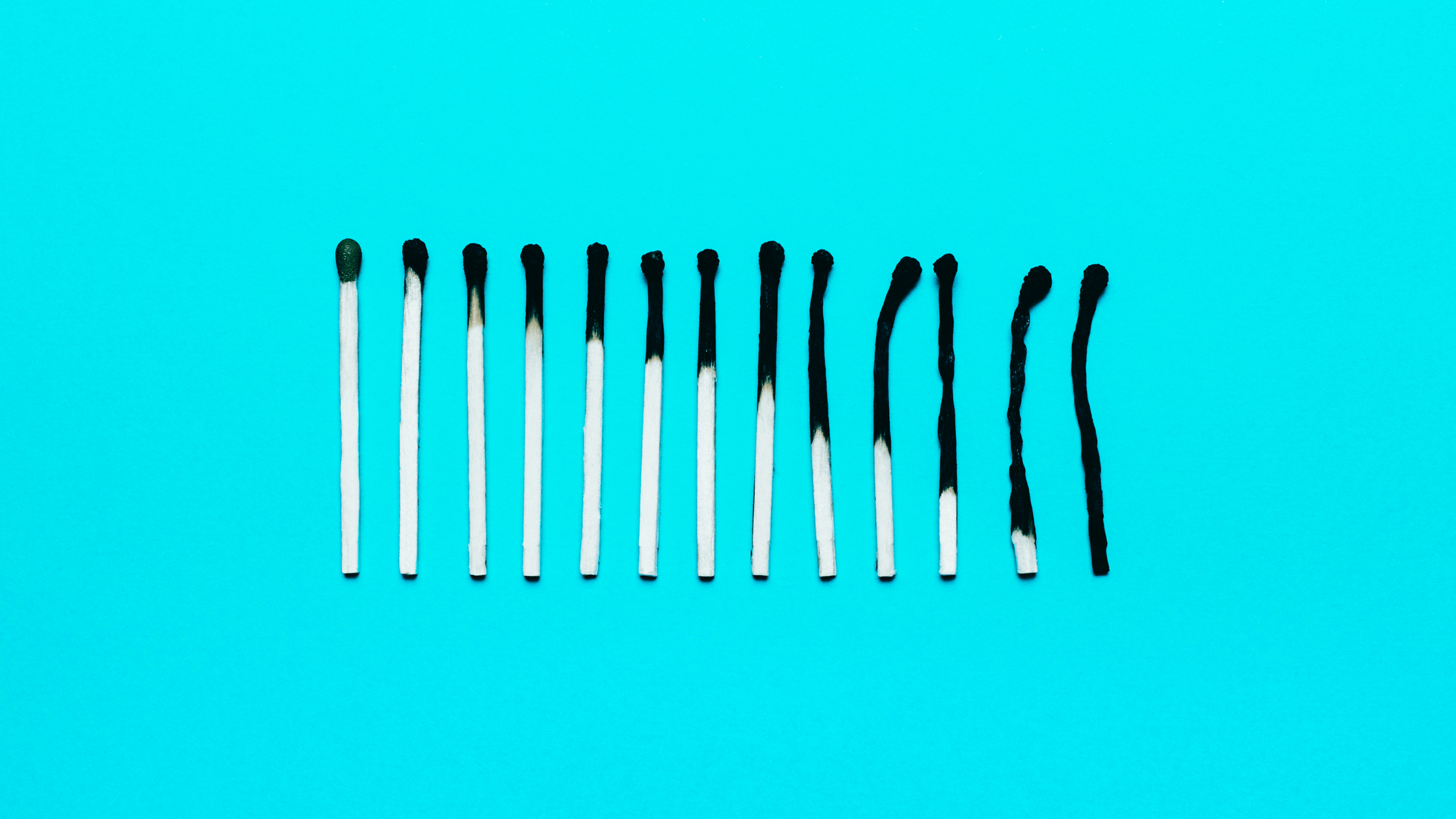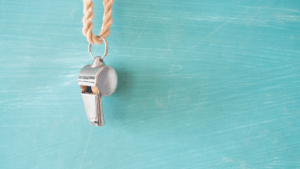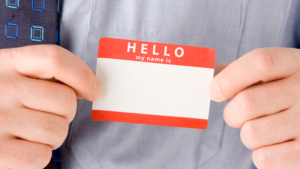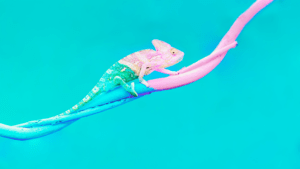
Well, we made it. Maybe by the skin of our teeth, or skidding into home with little energy left. Yet here we are, in 2021. That dumpster fire of 2020 is in the rearview, none too soon.
I’m hopeful for the new year. Not in the “this will be the best year of my life” kind of way, but in a “please don’t let this year suck as badly as last year” mode.
This new existence has lasted long enough for us to learn from it, start to figure out what’s working and what isn’t. Hopefully with enough empathy that we drive real change as a result. We have vaccines on the way and the potential for schools and businesses to reopen.
But there is a long road ahead of us still. We have 365 days this year to move in a positive direction…with the first of those days still a lot like – or feeling potentially worse than – what we just left behind. We have to move forward through the tough days to get to the other side, and many of us are struggling.
Learning in the quiet
I mentioned that I spent the holidays in solitude. Reflecting back on 2020, and hoping to gain some insights on how to best go into 2021.
When I’m home with my family, we have certain routines. When they are gone, those routines change.
I found myself, yet again, walking alone around the neighborhood listening to podcasts. It becomes a time of learning and reflection. Creating new insights.
While I’ve picked up some new favorite podcasts in the last few weeks, Unlocking Us remains a go-to. One episode in particular was helpful as I started thinking about how I wanted to go into 2021.
In her October 14, 2020 episode, Brené spoke with Emily and Amelia Nagoski. They are the authors of the book “Burnout” (Thriftbooks affiliate link). During the podcast, they talked about the causes of burnout and what we can do to avoid it.
What drives burnout
I won’t attempt to share all of the science and evidence from the episode, or the book. However, there are a few key elements that I was able to take into my reflection of 2020 and planning for 2021.
In short, one of the primary causes of burnout is emotional exhaustion.
Emotions have a lifecycle – a start, middle, and end. They are not just perceived in our minds, but experienced in our bodies. We can feel them in the goosebumps of excitement, or the headaches of stress.
Emotional exhaustion happens when we fail to resolve our emotions. If we don’t let them “finish” and get to the end. We stuff them down, muscle through, or just ignore them because we have to focus on work, kids, or other priorities.
With COVID, we’ve been normalizing stress. We may not even realize how many emotions we are carrying around inside us every day. That anxiety that never quite leaves, because there are unknowns and change around every corner. Or the grief of loss, whether it’s a loved one, experiences, or just life as we have known it.
Hearing about this cause of burnout, and realizing how much unresolved emotion many of us are carrying around, it explained so much. For anyone that has experienced the “COVID wave,” it can feel like having and recovering from one burnout after another. Turns out, our emotions are the wave we’re riding.
Finish the cycle
While it’s good to understand why these mini- (or not so mini-) burnouts are happening, but how do we prevent them?
We may not be able to entirely, but Emily and Amelia recommended 7 activities we can do that can help finish the emotion cycle.
- Movement
- Breathing
- Positive social interaction
- Laughter or reminiscing about something funny
- Physical affection, like a hug
- Crying
- Creative expression
If we find ourselves experiencing heightened stress or emotion, selecting one of these activities can provide a release so we aren’t bottling it up. We aren’t putting it off to experience as burnout later.
Stacking habits to ride the waves of 2021
As soon as I return from the holidays, I expect the stress to redouble at work. I intentionally picked a career that is stressful – change leadership. If there isn’t something changing, I don’t feel like I’m working.
Yet, during a global pandemic, work change can be even more stressful than normal. That work that I thrive in can feel harder. After few COVID crashes, I recognize that I cannot just walk into the changes ahead without also considering how I prevent potential burnout.
Evaluating the list from Amelia and Emily, I downloaded the app “Habit” and started outlining my goals. Movement is the number one way to release stress, so that’s at the top of my list, as either a workout or a walk.
When my family is away, I tend to do both each day. Walks are a great time to get in another habit. I’ll either connect with a friend or family member on the phone, or listen to a podcast. The podcasts help me create new pathways and learnings. Often, they result in writing, which is my top creative pursuit.
When my family is home, that’s time for in-person social interaction. It helps signal the end of the workday and time to unwind. With my ham of a son, it’s also a time for potential laughter.
Creating space for emotional release
While there is hope ahead for 2021, there are still stressors and tough emotions as well. That means burnout is also on the horizon, unless those emotions have the ability to be released.
Building these small habits into our routines can provide such a release valve for our emotions.
By having a goal of achieving 2-3 emotional releases each day, even if I’m not feeling particularly stressed, my hope is to avoid build up. To stave off a potential burnout weeks or months down the road.
I’ll be reading the book “Burnout” when it arrives in the coming days. In the meantime, I’m putting the lessons from the podcast to use and adjusting as I practice and learn.
We may not be able to prevent burnout entirely, but we can practice emotional release. We can give ourselves space to process emotions; the ones we recognize, and those we don’t.
This is a challenging time, but there is hope ahead. Let’s continue to bring light where we can, helping ourselves and others through the darkness.
What habits have you found are helpful in processing stress and emotions, and precluding burnout? I’d love to hear your suggestions and experiences in the comments.








